
All About LED Technology
RSS-
 Read nowCRI is limited in its evaluation because it only considers the reproducibility of the light source for a small number of specific colours, while ignoring other important factors. The advent of TM30、CQS and TLCI compensates for some of the shortcomings of CRI and provides a wider range of indicators for evaluating the colour rendering ability of light sources.More colour indicators are needed to provide data support for users in various industries to make informed choices.
Read nowCRI is limited in its evaluation because it only considers the reproducibility of the light source for a small number of specific colours, while ignoring other important factors. The advent of TM30、CQS and TLCI compensates for some of the shortcomings of CRI and provides a wider range of indicators for evaluating the colour rendering ability of light sources.More colour indicators are needed to provide data support for users in various industries to make informed choices. -

What's CRI, IES TM-30, TLCI & CQS and Why is It Important? Part.2
Read nowCRI is limited in its evaluation as it only considers the reproducibility of the light source for a small number of specific colors, while ignoring other important factors. The emergence of TM30,CQS and TLCI compensates for some of the shortcomings of CRI and provides a wider range of indicators for evaluating the colour reproduction ability of light sources.More color indicators are necessary to provide data support for users in various industries to make informed choices.
-
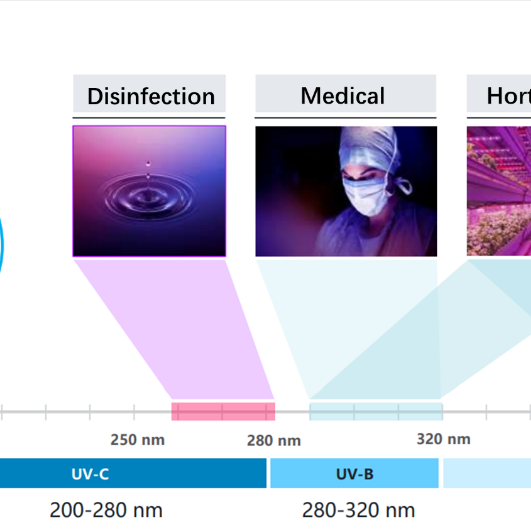
Understand the Benefit and Harm of UV
Read nowWhat is UV light? Ultraviolet light, as it says, refers to light beyond violet. According to the wavelength, ultraviolet light is divided into many different kinds, but in our lives, you and I usually contact these three: UV-A, UV-B, and...
-
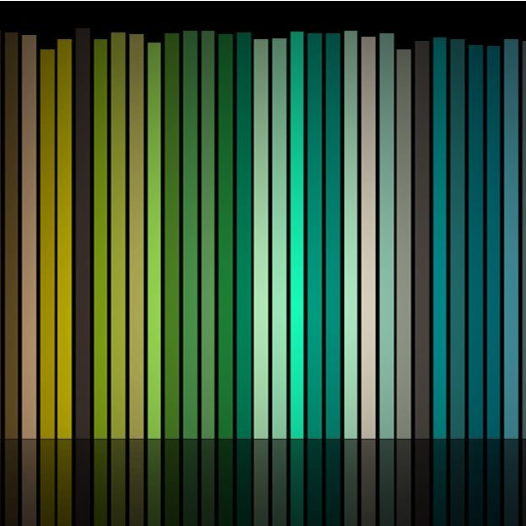
TM-30 Tested LED
TM-30 offers comprehensive evaluation on color quality of new light sources,providing quantified measurements on overall average properties and describing a method for evaluating light source color rendition.Read now
The fidelity index Rf has been introduced to the Technical Report CIE 015:2018 and it is aiming to be a new standard for color evaluation. Comparing to Ri of Color Rendering Index, the Rf, CESi of TM-30-18 is more comprehensive to evaluate much more colors. -

5 Kinds of Monochromatic Light that Affect Plant Growth
Read nowLight is one of the most essential environmental factors for plant growth. It is not only the basic energy source for photosynthesis but also an important regulator of plant growth and development. Plant growth and development are affected not only by the light intensity (photon flux density, PFD), but also by the quality of light which means different wavelengths and radiation, and their different composition ratios.
-
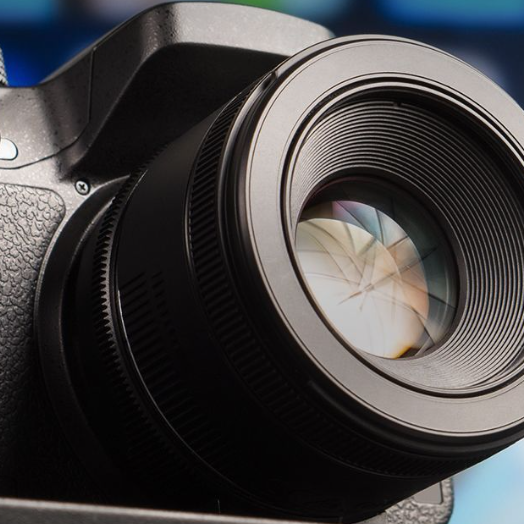
High TLCI LED Lighting
The TLCI (Television Lighting Consistency Index) metric was developed as an alternative to address the shortcomings of the commonly used CRI when used with photographic equipment.Rather than assessing the performance of a luminaire directly, as the CRI does, the TLCI mimics a complete television camera and display, using only the specific characteristics of cameras and displays that affect colour performance.Yujileds® focuses on providing specific solutions of high TLCI LEDs for photographers and lighting equipment manufacturers for television use.Read now -

LED Phosphors
Read nowLED phosphors are a crucial material in the manufacture of white LEDs. Phosphor chemistry and composition largely determine an LED’s efficiency, light quality and stability. Yuji is one of the very few LED companies in the world that has entire LED phosphors and packaging technologies. Multi-variety LED phosphors are the basis for YUJILEDS spectrum simulation.YUJI LEDS Phosphors consistent focus on improving the brightness and stability of red nitride phosphors has allowed us to become an industry leader in providing high CRI LEDs at efficiency levels and stability in line with standard CRI level LEDs on the market.The different types of phosphor have their own characteristics and uses.
-
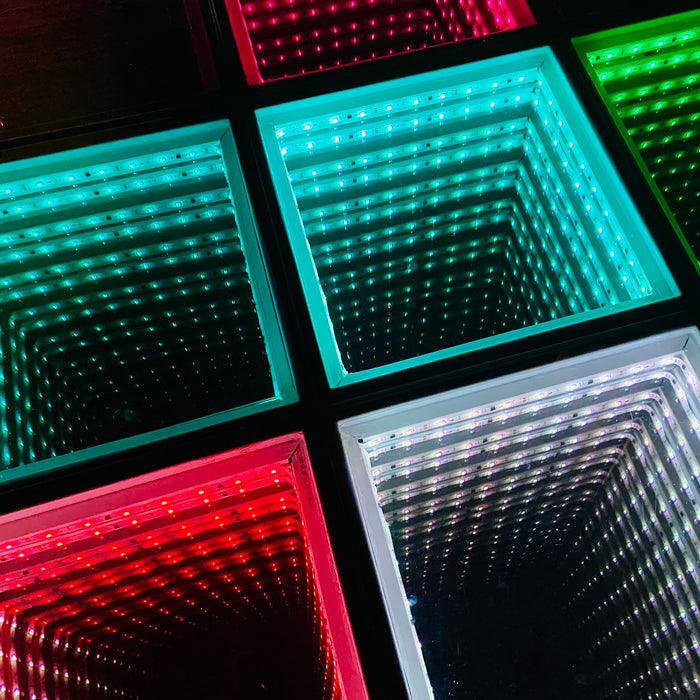
Different Kinds of White Tunable LED Part.2
Full-Color-Tunable products, also referred to as RGB, RGBA, RGBW, spectrally tunable, or color changing, usually have three or more different LED primaries that can be individually varied in output to create a mixture of light that is white, a tint of white, or a saturated hue.Read now
And white-tunable and full-color-tunable products vary in their type of control, generally using 0–10 V, DMX, or DALI protocols. While each method allows the user to adjust the color and/or output of the product, they can be implemented in a number of ways. -
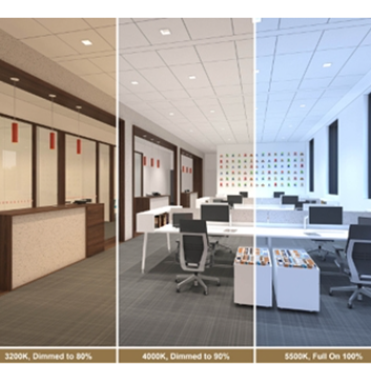
Different Kinds of White Tunable LED Part.1
Adjustable white lighting is one of the biggest trends in LED lighting. The dim to warm product imitates incandescent lamps, and as the product darkens, the color of the light becomes warmer and warmer in appearance. Its light color and dimming quality are highly praised in environments such as restaurants, hotel lobbies and guest rooms, banquet halls, theaters, and residential spaces.And white tunable products are very helpful in providing obvious cooling or heating for rooms, assisting in behavior control, supporting human circadian rhythm system, and correcting circadian rhythm disorders.Read now








